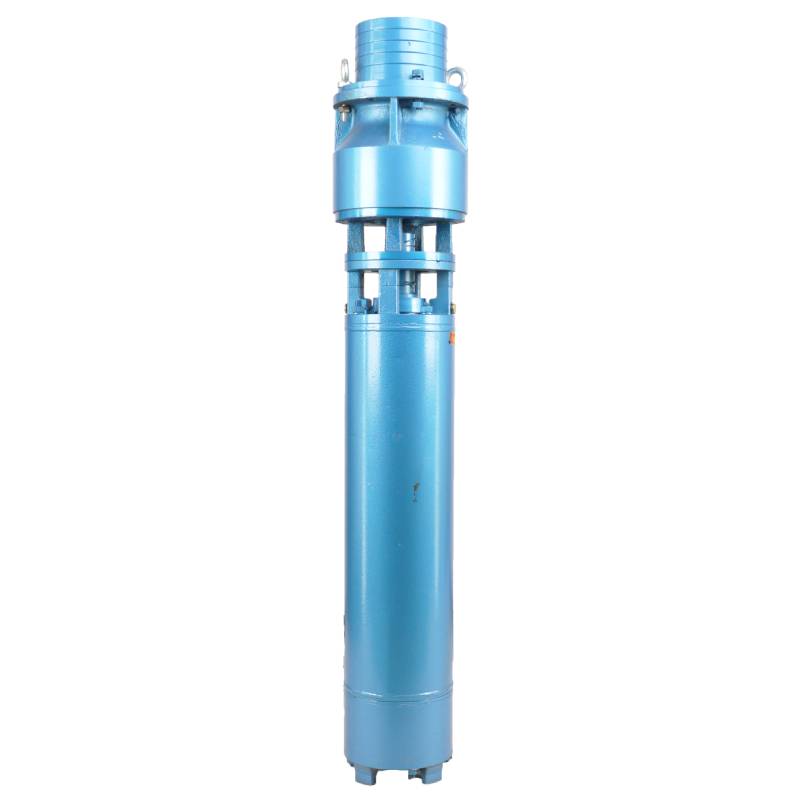Nov . 15, 2024 17:59 Back to list
how to test a submersible water well pump
How to Test a Submersible Water Well Pump
Submersible water well pumps are essential devices for drawing groundwater from deep wells. They are often found in residential, agricultural, and industrial applications. Testing a submersible pump effectively ensures optimal performance and can help identify potential issues before they lead to costly repairs or replacements. Here's a comprehensive guide on how to test a submersible water well pump.
1. Preparation and Safety Measures
Before testing the submersible pump, it's vital to prioritize safety. Turn off the power to the pump to avoid any electrical hazards. Ensure that you have the appropriate tools and safety gear, such as gloves and goggles. Familiarize yourself with the pump's specifications, including its voltage and current ratings, which will guide you through the testing process.
2. Visual Inspection
Start by performing a thorough visual inspection of the pump and its components. Check for any visible signs of wear or damage, such as frayed wiring, corrosion, or loose connections. Ensure that the discharge pipe and fittings are secure, and look for leaks around the wellhead. Addressing these issues early can prevent significant failures later on.
If possible, have a backup power supply ready for testing. This could be a generator or an alternative power source that can temporarily supply electricity to the pump while conducting tests. This step is particularly important in situations where accessing the pump may be difficult, as it allows for a controlled testing environment.
4. Measuring Voltage and Current
how to test a submersible water well pump

Once you have ensured that the pump is accessible and safe, reapply power to the pump. Use a multimeter to measure the voltage at the pump's control panel. Check that the voltage matches the specifications provided by the manufacturer. Next, measure the current draw of the pump while it is running. Compare the readings with the pump's rated current. Significant discrepancies may indicate issues with the motor's performance or potential overload conditions.
5. Flow Rate Testing
To determine the pump's efficiency, conduct a flow rate test. This involves measuring how much water the pump supplies over a specific period. To do this, place a container of known volume at the discharge point and time how long it takes to fill the container. Calculate the flow rate in gallons per minute (GPM) by dividing the volume of the container by the time taken to fill it. Compare this value against the manufacturer's specifications to ensure the pump is operating efficiently.
6. Water Quality Testing
Testing water quality is equally important. Once you have the pump running, check for any discoloration, odor, or sediment in the water. It’s advisable to run the pump for a few minutes before collecting samples to allow any stagnant water in the system to clear out. You can use water testing kits available on the market to measure pH levels, dissolved solids, and the presence of contaminants. If issues are detected, consider consulting with a water quality professional.
7. Listening for Unusual Noises
While the pump is operational, pay close attention to any unusual noises, such as grinding, rattling, or humming. These sounds may indicate mechanical issues within the pump or motor. If you hear anything out of the ordinary, it’s essential to address it promptly to avoid further damage.
Conclusion
Testing a submersible water well pump is a critical task that ensures the longevity and efficiency of the system. Regular maintenance, including visual inspections, electrical testing, flow rate assessments, and water quality checks, can help keep your pump operating optimally. By following these steps, you can identify potential problems early, extend the life of your pump, and ensure a reliable water supply for your needs. If you're uncertain about any aspect of the testing process, don’t hesitate to consult with a professional for assistance.
-
Submersible Water Pump: The Efficient 'Power Pioneer' of the Underwater World
NewsJul.01,2025
-
Submersible Pond Pump: The Hidden Guardian of Water Landscape Ecology
NewsJul.01,2025
-
Stainless Well Pump: A Reliable and Durable Pumping Main Force
NewsJul.01,2025
-
Stainless Steel Submersible Pump: An Efficient and Versatile Tool for Underwater Operations
NewsJul.01,2025
-
Deep Well Submersible Pump: An Efficient 'Sucker' of Groundwater Sources
NewsJul.01,2025
-
Deep Water Well Pump: An Efficient 'Sucker' of Groundwater Sources
NewsJul.01,2025
-
 Submersible Water Pump: The Efficient 'Power Pioneer' of the Underwater WorldIn the field of hydraulic equipment, the Submersible Water Pump has become the core equipment for underwater operations and water resource transportation due to its unique design and excellent performance.Detail
Submersible Water Pump: The Efficient 'Power Pioneer' of the Underwater WorldIn the field of hydraulic equipment, the Submersible Water Pump has become the core equipment for underwater operations and water resource transportation due to its unique design and excellent performance.Detail -
 Submersible Pond Pump: The Hidden Guardian of Water Landscape EcologyIn courtyard landscapes, ecological ponds, and even small-scale water conservancy projects, there is a silent yet indispensable equipment - the Submersible Pond Pump.Detail
Submersible Pond Pump: The Hidden Guardian of Water Landscape EcologyIn courtyard landscapes, ecological ponds, and even small-scale water conservancy projects, there is a silent yet indispensable equipment - the Submersible Pond Pump.Detail -
 Stainless Well Pump: A Reliable and Durable Pumping Main ForceIn the field of water resource transportation, Stainless Well Pump has become the core equipment for various pumping scenarios with its excellent performance and reliable quality.Detail
Stainless Well Pump: A Reliable and Durable Pumping Main ForceIn the field of water resource transportation, Stainless Well Pump has become the core equipment for various pumping scenarios with its excellent performance and reliable quality.Detail
